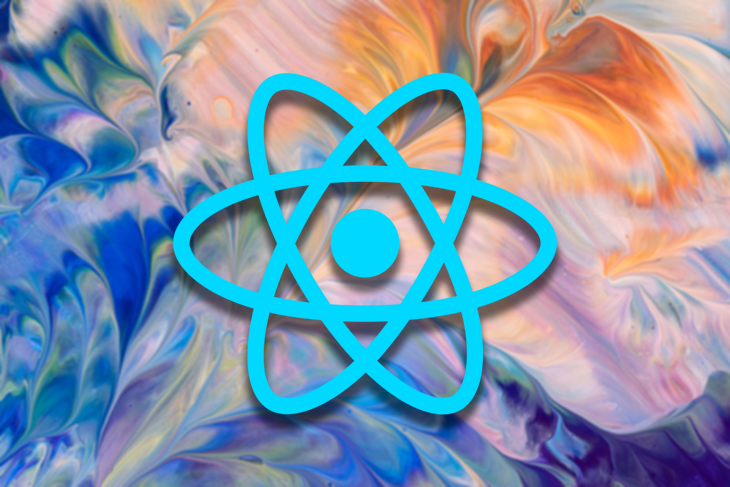Learning Python was challenging for me, but it didn’t have to be. A decade ago, I was a recent college graduate with a history degree and not much else. Today, I am a successful machine learning engineer, data science and deep learning consultant, and the founder of Dataquest. Currently, I am working on deep learning projects called Marker and Surya. However, my journey to learn Python was filled with setbacks and frustrations. If I had known then what I know now, it would have saved me countless hours and a lot of stress. This article will walk you through the steps of learning Python the right way, which could fast-track your career and make the process more enjoyable. This guide is all you need to master Python.
Why Most New Learners Struggle
Learning Python doesn’t have to be complicated. With the right resources, it can be easy and even fun. Unfortunately, many courses make learning Python more difficult than necessary. When I started learning Python, I was forced to spend months on boring syntax before being able to do anything interesting. This approach made me lose interest quickly, as Python code seemed foreign and confusing. Most Python tutorials follow a similar pattern, assuming that you must learn all syntax before diving into practical projects. This is why many new learners give up.
A Better Approach
After several failed attempts, I discovered a method that worked better for me and is, in my opinion, the best way to learn Python programming. The key is to spend as little time as possible memorizing syntax and instead focus on diving into a project that interests you. This way, you minimize time spent on mundane tasks and maximize the fun parts of learning Python. At Dataquest, we follow this approach, allowing you to start building projects immediately without wasting time on unnecessary details. The following five steps will guide you through this learning process and kickstart your journey to mastering Python.
Step 1: Identify Your Motivation
To excel in Python programming, you need the right motivation. When I struggled to memorize syntax, I found that applying Python fundamentals to build an exciting project kept me engaged and motivated. Find one or two areas that interest you, such as data science, mobile apps, websites, games, or automation, and get excited about them.
Step 2: Learn Basic Syntax Quickly
While it’s essential to learn the basic Python syntax, spend as little time as possible on this step. Use reliable resources to grasp the fundamentals within a few weeks, but no more than a month. Remember to learn Python 3, as Python 2 is no longer supported.
Step 3: Start Structured Projects
After mastering the basic syntax, start working on structured projects to solidify your knowledge. Choose projects that align with your interests and goals, such as data science, mobile apps, websites, games, or hardware projects. These projects will expand your capabilities and help you showcase your skills to potential employers.
Step 4: Work on Independent Projects
Once you feel comfortable with structured projects, move on to independent projects to accelerate your learning. Start with small projects to ensure completion and gain confidence. Look for inspiration from existing projects, Python meetups, open-source contributions, or personal needs. The key is to pick a project that excites you and challenges your skills.
By following these steps, you can learn Python effectively and enjoy the process. Remember to stay motivated, focus on practical projects, and continuously challenge yourself to improve your Python skills. With dedication and the right approach, mastering Python is within reach.
Source link























